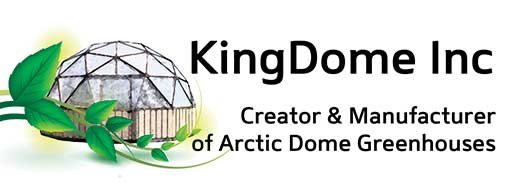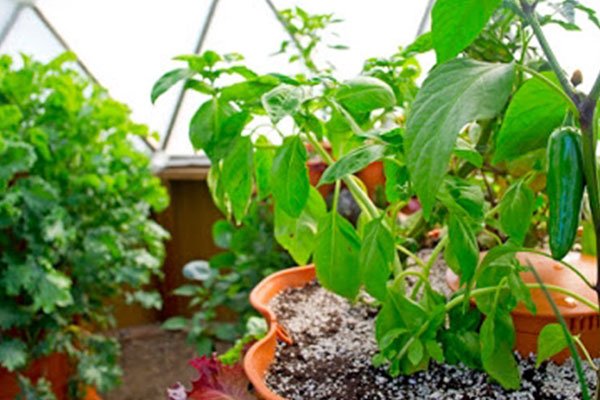What is the frequency created by a Dome Greenhouse?
When talking about domes, the definition of dome greenhouse frequency refers to the number of pieces that each edge of the base figure is divided into in the process of triangulating its sides. For instance, we might start with a base figure of an icosahedron and divide each edge of each triangular face into 3 equal lengths. Those new points are connected to divide the original triangle into 9 smaller triangles. Since the original edges were divided into 3 parts, we call this a 3-frequency dome. The frequency is commonly abbreviated as “v”, so a 2-frequency dome is called 2v, 3-frequency is 3v, and so forth. The higher the frequency the more curved and sphere like the dome appears.
Explaining Dome Frequency
One of the first thing you read about when learning about geodesic domes is the term “frequency”. It’s quite simple to understand, actually.
Think of geodesic dome greenhouse frequency as density. The higher the frequency, the more struts are used. In real life this means there are more triangles in the same dome.
Look at the image below. The same base triangle is divided further every time you increase the frequency.

The dome greenhouse frequency indicates how many times each side of the base triangle is subdivided. For example frequency 3 means the base triangle is divided into 3 sections (or triangles) on each side.
Frequency pattern
The “base” triangle of a 3V has 3 subdivisions on all sides
SO WHY USE DIFFERENT FREQUENCIES?
The answer is two-fold: first the higher the frequency, the rounder the dome becomes. Second reason is strength of the structure.
The average dome greenhouse for instance is more than adequate with a 3V frame. In cases for large domes or homes, 4V, 5V or 6V are often chosen when constructing very large domes and for their resistance to snow and wind loads.




Recent Comments